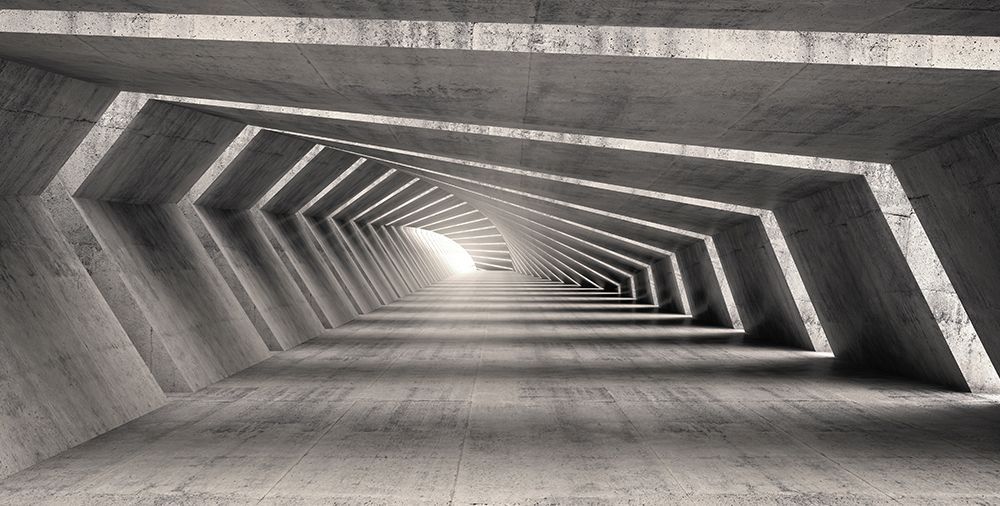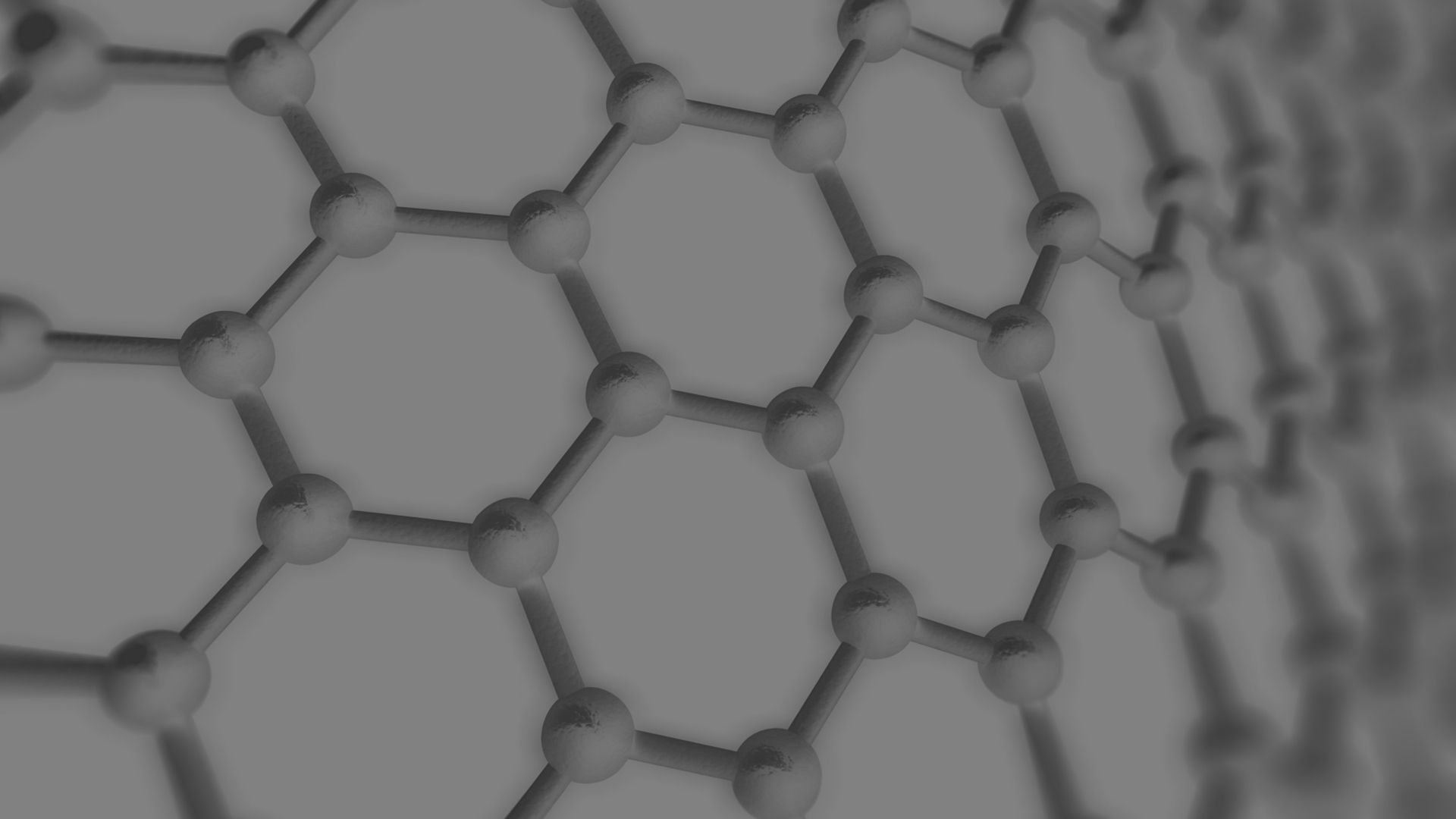
24 Nov Graphene gets into building field to increase concrete resistance
Is the end of concrete supremacy coming soon? Nanotechnology and compound materials are ready to get a first position in the building field. Graphenano Smart Materials brings a solution to reduce the use of cement up to 30%. The material which brings this miracle is known as “God’s material”: Graphene. After the success achieved with the paint created by the subsidiary company Graphenstone, already sold in more than 80 countries, the Spanish company presents the first additive with graphene technology for cement and concrete this week at the Big 5 in Dubai.
Graphene, with which Andréy Gueim and Konstantín Novosiólov were awarded the Nobel Prize of Physics in 2010, is starting to see its applications in the real world. Graphenano, headquartered in Yecla (Spain), designed a method to manufacture this material on an industrial scale. Its great potential consists in transfering its unique features to the materials where it is used. And the building field could not be omitted.
The high traction and tearing resistance of graphene make of it the “ideal additive” for cement and concrete. The product achieves to improve all the features that “affect the durability of concretes and compromise their good performance as time passes by”, remarks José Antonio Martínez, vice-president in Graphenano. By improving important features such as resistance to carbonation, chlorides and sulfates, Graphene additive makes concrete life span increase dramatically. “It virtually gets invulnerable against external agressions”, he stresses “If the current lifespan of a building is 60 years, by using our product it can be extend for 30 more years” he adds.
This feature can be directly taken as an optimization of the natural resources and a decrease in the carbon dioxide emissions arising from the extraction, handling, manufacturing and transportation of the raw materials reaching to the atmosphere. According to Graphenano statement, its product reduces up to 30% the use of cement for the same use and resistance.
Graphene also increase the flexibility of the final material, in this case, concrete or cement. “The presence of cracks and clefts during its lifespan decrease the mechanical feature of the structures”, tells Martínez. The nanotechnology additive becomes a structural support element because “it increases the concrete flexibility up to 45%”. In real applications, this feature improves the performance of the structures when a seismic activity occurs.
But the additive is not just made for buildings, but it can be used in any kind of constructions such as bridges, tunnels, dykes, industrial plants or harbours. It is specially useful for sea constructions where “concrete is constantly suffering sulfphate and chloride attacks”. The main problem is when the material is under water for long periods of time. In these cases, graphene works as a waterproof layer for constructions. This feature can be also used against freezing and melting problems in building works in very cold places.
Graphenano Smart Materials additive is a liquid-based formula, so it allows to keep the shade of concrete and cement color. Moreover, it won’t interfere during the traditional construction process because customers just have to add it to the concrete mixture, avoiding any purchase of new tools or equipment or learn new technical skills.
Source: El Mundo


